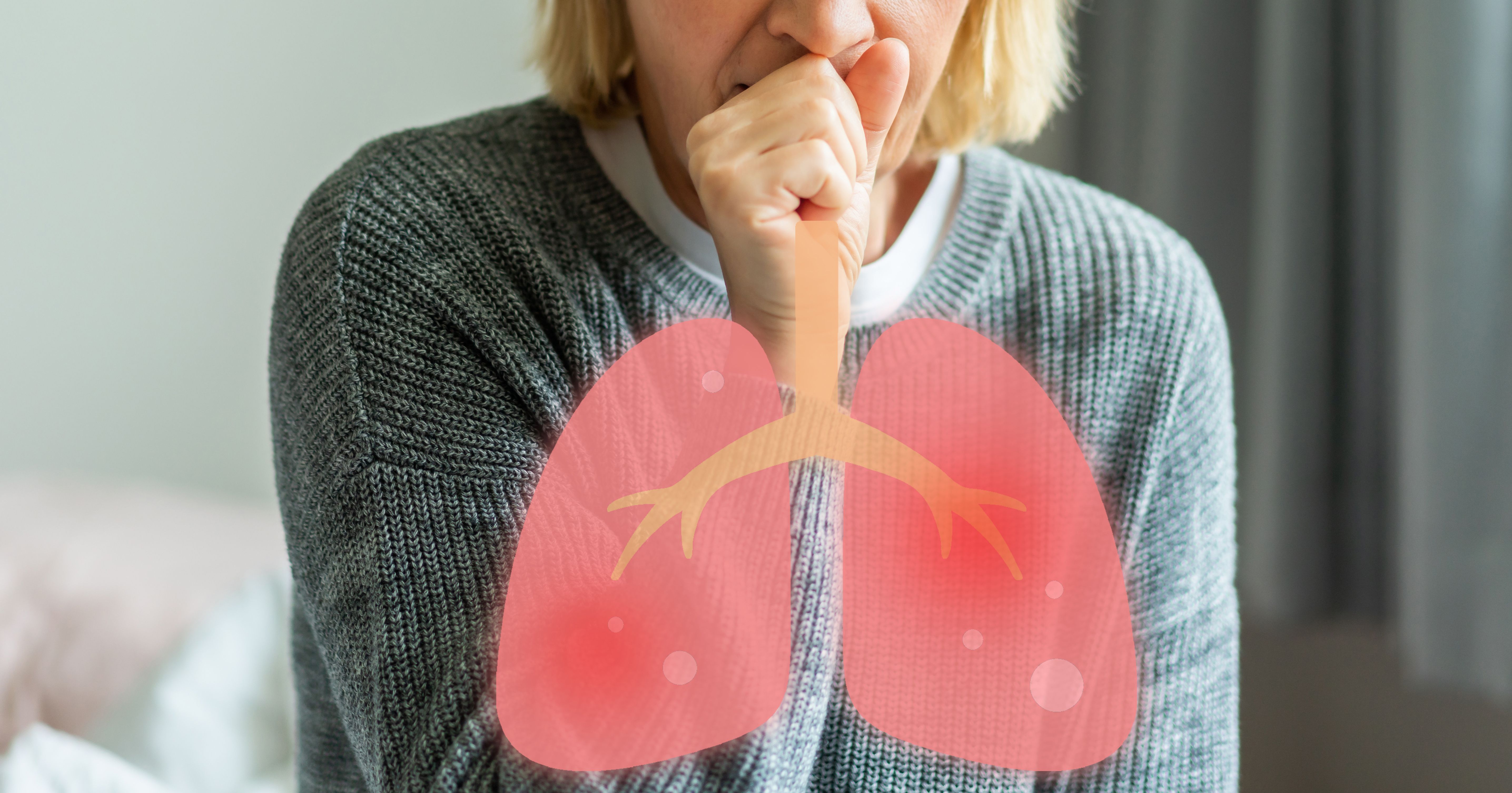Article
Researchers Explore Costs of Switching to Environmentally Friendly Inhalers for Asthma
Author(s):
Reducing the use of metered-dose inhalers for asthma could shrink the carbon footprint while achieving cost savings if less expensive brands of dry powder inhalers are used, according to new research findings.
Reducing the use of metered-dose inhalers (MDIs) for asthma could shrink the carbon footprint while achieving cost savings if less expensive brands of dry powder inhalers (DPIs) are used, according to new research findings.
MDIs contain propellants used to atomize the drug, but these propellants are greenhouse gases that contribute to global warming—an estimated 3.9% of the UK National Health Service’s carbon footprint, study authors wrote in BMJ Open.
Effective alternatives with lower global warming potential (GWP) include DPIs and aqueous mist inhalers, but some DPIs have a higher up-front cost than MDIs in the same class. The authors of the study aimed to determine the environmental impact of inhalers and to estimate costs for various inhaler switching scenarios.
In the “proportional replacement” scenario, MDIs were replaced with DPIs in the same proportions that brands of DPIs were prescribed in England in 2017—for instance, DPI inhaler brands A, B, and C, which had 50%, 30%, and 20% of the DPI market share, respectively, would replace 50%, 30%, and 20% of the MDIs.
Another scenario modeled by the investigators replaced MDIs with the least expensive available equivalent DPI. For example, the least expensive MDI salbutamol cost £1.88 ($2.43) and the least expensive DPI salbutamol was £3.36 ($4.34), but the authors also modeled an alternative scenario replacing the MDI with a more widely used DPI, salbutamol Easyhaler, which cost £3.85 ($4.98) per inhaler.
The carbon footprint of the MDIs ranged from 9870 g of carbon dioxide equivalent (CO2 e) per inhaler for a small volume short-acting β agonist inhaler to 36,500 g CO2 e for an inhaled corticosteroid/long-acting β agonist (ICS/LABA) inhaler using heptafluoropropane as a propellant. Based on results of prior analyses, the authors assumed a carbon footprint of 1000 g CO2 e per DPI.
For every 10% of MDIs switched to DPIs in the proportional replacement scenario, the total prescription costs increased by £12.7 million ($16.4 million) annually. In the model replacing MDIs with the cheapest available equivalent DPI, the total cost decreased by £8.2 million ($10.6 million) annually.
In this scenario, the authors noted, cost impacts varied by type of inhaler. When switching to the cheapest DPI salbutamol, costs rose by £2.02 million ($2.61 million) for each 10% of salbutamol MDIs replaced. But switching to the least expensive ICS/LABA DPI resulted in cost savings of £10.0 million ($12.93 million) per 10% switched, and even in the proportional replacement scenario for ICS/LABA inhalers, costs decreased by £668,000 ($863,640) for every 10% changed.
The researchers estimated the total carbon footprint of MDIs prescribed in England in 2018 at 635,000 tons of CO2 e. Every 10% of these being switched to devices with low GWP would save 58,000 tons of CO2 e per year. If the Environmental Audit Committee’s target of 50% of inhalers having low GWP by 2022 is achieved, it would avert 288,000 tons of CO2 e each year.
While the proportional replacement scenario would be unpopular with clinicians and formularies due to the increased costs, the authors wrote that switching to the least expensive equivalent DPI could achieve significant cost savings as well as reductions in carbon. They also noted prior research findings suggesting that patients make fewer errors when using DPIs than MDIs. The dose counter feature of DPIs, which is generally absent from MDIs, could prevent patients from discarding inhalers that are not yet empty or continuing to use empty inhalers.
Because climate change represents a serious health threat, especially for those with preexisting respiratory disease, efforts to reduce carbon footprint are worthwhile, the authors wrote.
“Switching to low GWP inhalers can be achieved while making financial savings in terms of drug costs,” they concluded. “Patients, prescribers and guideline authors should carefully consider the carbon footprint of these inhalers and where they are likely to be equally effective, prioritise low GWP inhalers.”
Reference
Wilkinson AJK, Braggins R, Steinbach I, Smith J. Costs of switching to low global warming potential inhalers: an economic and carbon footprint analysis of NHS prescription data in England. BMJ Open. 2019;9(10):e028763. doi: 10.1136/bmjopen-2018-028763.
Newsletter
Stay ahead of policy, cost, and value—subscribe to AJMC for expert insights at the intersection of clinical care and health economics.





